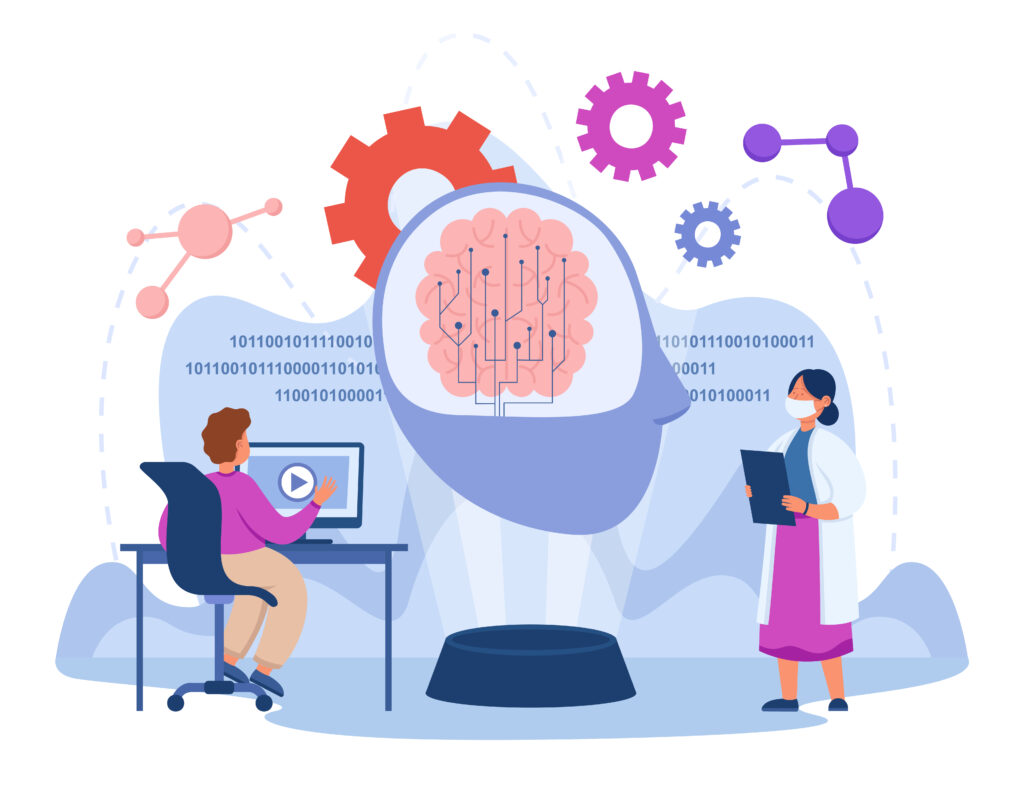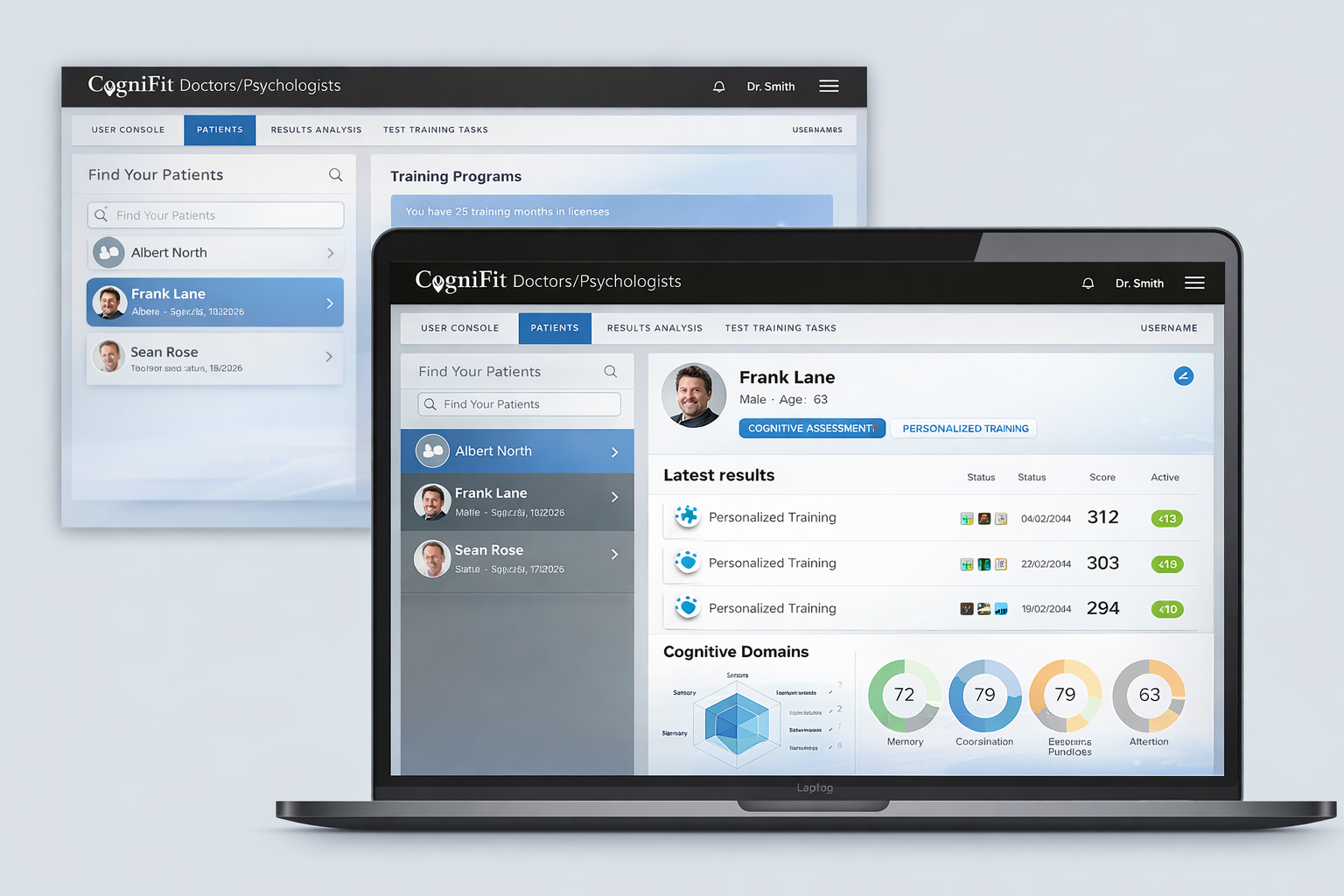
Researchers Reveal How Neurons Process Language at Multiple Speeds
Understanding how the brain processes language has intrigued scientists for years. While earlier studies offered some answers, key mechanisms remained unclear. Now researchers at the Massachusetts Institute of Technology (MIT) have figured out how neurons process language at different time scales. This breakthrough could lead to advancements in artificial intelligence and treatments for language disorders.

Note: This article is intended for general information and educational purposes. It summarizes scientific research in accessible language for a broad audience and is not an official scientific press release.
MIT neuroscientists found that neurons in the brain work at different speeds to process language efficiently. Published in Nature Human Behavior, the study was led by MIT Professor Evelina Fedorenko, with contributions from postdoctoral researcher Tamar Regev and Harvard graduate student Colton Casto.
MIT’s Revolutionary Method to Study Brain Activity
To gather detailed brain activity data, MIT used a more precise method than fMRI. While fMRI is common, it doesn’t track individual neurons in real time. Instead, it captures data from large groups, limiting its ability to reveal specific brain functions.
In this study, scientists used direct electrical recordings from the brain. Patients undergoing surgery for severe neurological conditions, such as epilepsy, participated in the research. Researchers tracked the electrical activity of neurons in these patients while exposing them to different language inputs. These inputs included full sentences, word lists, and nonsensical phrases like “jabberwocky” sentences.
By using this method, scientists observed how neurons processed language in real time. Later, they expanded their analysis to include 16 more patients, further strengthening their findings.
From Past Research to New Discoveries
Earlier research on language processing relied heavily on fMRI, which identified areas of the brain involved in language. However, this technology couldn’t capture neuron-level detail. Even Fedorenko’s earlier work was limited by fMRI’s broad focus, suggesting that large brain areas worked uniformly for language tasks.
This new study changed that view. By directly measuring neuron activity, the team revealed how different clusters of neurons processed language in distinct ways. This represents a major advancement, uncovering details that were previously hidden.
Groundbreaking Insights into Language Processing
The research uncovered several important findings:
- Neurons process language at different timescales, also known as “temporal windows.” Some neurons respond to language on a very short timescale (milliseconds), while others respond over longer timescales (seconds). These windows allow neurons to focus on single words or interpret multiple words, depending on the complexity of the input.
- Short vs. Long Timescales: Neurons processing language on short timescales are involved in detecting immediate, rapid changes in language, such as individual sounds or words. Neurons working on longer timescales handle more complex aspects, like understanding sentences or the overall meaning and and analyze the relationships between words. Some neurons focus on immediate word recognition, while others interpret larger linguistic structures.
- Implications for Language Processing: The findings suggest that the brain uses a diverse set of neurons to handle different aspects of language processing. This highlights the complexity of how we understand and generate language.
MIT’s use of direct electrical recordings provided a clearer view than fMRI. This method allowed scientists to observe neuron behaviors that had been impossible to detect previously.

The team identified three distinct groups of neurons, each based on their temporal windows. These groups process language at different levels. Some neurons responded to single words, others to groups of four words, and the third group interpreted up to six words at once. This structure helps the brain manage both simple and complex language inputs efficiently.
Additionally, the study revealed that neurons with shorter temporal windows were mostly located in the posterior temporal lobe. Meanwhile, neurons with longer windows were spread more evenly across the temporal and frontal lobes. This suggests that different brain regions specialize in processing different levels of linguistic complexity.
Lastly, the study confirmed that the brain’s language network is sensitive to word relationships, meaning different neuron clusters handle distinct tasks. This allows the brain to understand both individual words and their roles within sentences, even in complex or unfamiliar language.
New Possibilities for AI, Healthcare, and Education
This research opens up exciting possibilities across various fields. In artificial intelligence, for example, these findings could improve natural language processing systems. AI models could replicate how the human brain processes language at multiple levels, making speech recognition and comprehension more accurate.
In healthcare, these insights could lead to better treatments for language disorders like aphasia. Targeting specific neural clusters might help scientists develop therapies that improve communication in people with language impairments.
This study also contributes to broader neuroscience research. Understanding how neurons process language gives scientists insights into other brain functions, such as memory and attention. This knowledge could lead to new treatments for cognitive decline and brain disorders.
In education, the findings could improve teaching strategies. Educators might use these insights to develop techniques that align with how the brain processes language, especially for students with reading or language difficulties.
Advancing Our Understanding of the Brain
MIT’s study offers new insights into how our brains process the complexities of language. By identifying neuron clusters that handle language at different speeds, researchers have opened the door to breakthroughs in fields such as AI, education, and healthcare. As future studies build on these findings, we may soon see innovative ways to improve language learning, treat speech disorders, and create more advanced AI systems.
The information in this article is provided for informational purposes only and is not medical advice. For medical advice, please consult your doctor.














